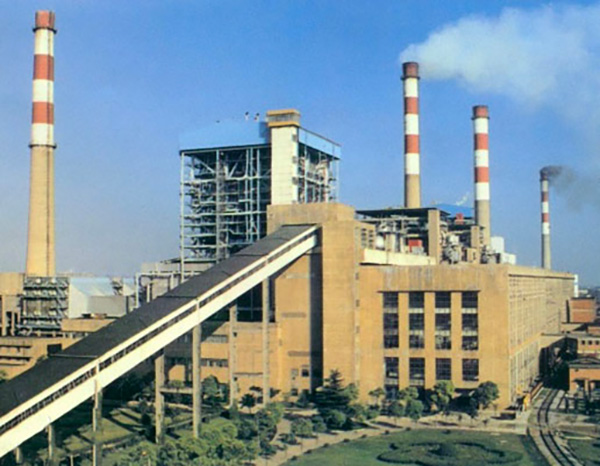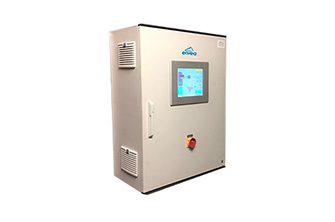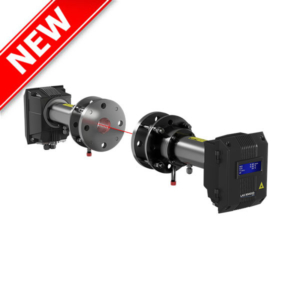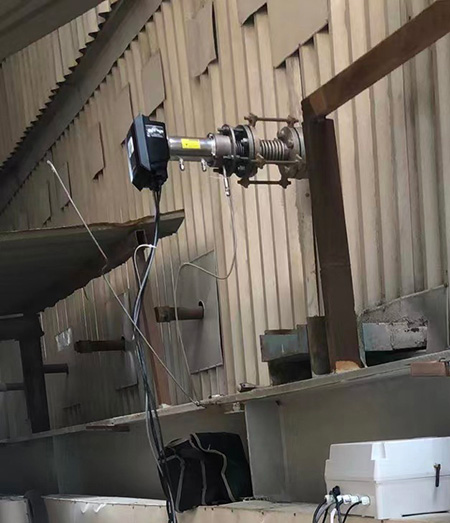
APPLICATION
At the moment, almost every power plant is using ammonia slip monitoring on the SCR processes to optimize the NOx abatement.
Different types of instruments have been used for this purpose, but most of them don’t match the regulation requirements in terms of measurement precision and robustness.
For this reason, both Chinese government and customers want to find a better solution to fulfill process control requirements. ENVEA hence put in a lot of efforts to provide customer value with its new LAS 5000XD TDLS gas analyzer.
Due to the global pandemic and travel restrictions in China, no visits or face-to-face meetings could be organized. Therefore, the collaboration between the ENVEA teams took place only remotely and thus online.
Similarly, customer training and commissioning of the analyzer was carried out remotely, demonstrating the ease of installation and operation of the LAS 5000XD gas analyzer.
SOLUTION provided
Flue gas environmental protection facilities include denitrification, dust scrubber, and desulfurization. Urea hydrolysis is used as a denitrification reducing agent (DeNOx).
Each boiler is equipped with 2 SCR reactors. The outside ambient temperature is about 60°C at the installation point (see picture).
In order to adapt to these specific conditions, a tube with a 1 m pierced window was installed across the duct so that the measurement of the LAS 5000XD optical path, reduced to 1 m, is precise and optimized.
The NH3 injection was manually adjusted, and the analyzer measurement trend followed perfectly each adjustment with a reading varying from 5-8 ppm and a Response Time around 1 s.
These results show that the in-situ LAS 5000XD TDLS gas analyzer is ready for this application and totally fit for such harsh conditions, without compromising the measurement accuracy.



